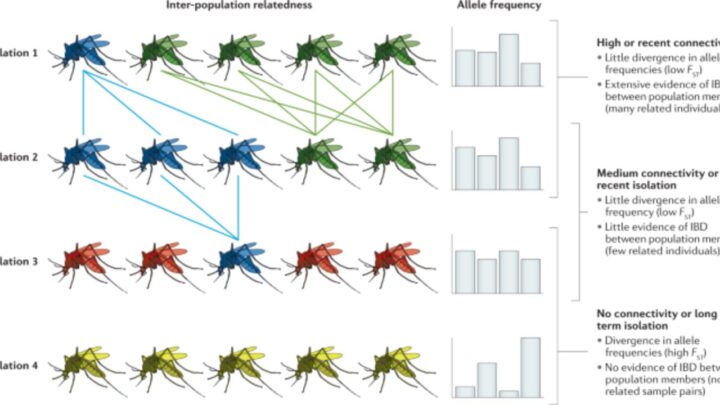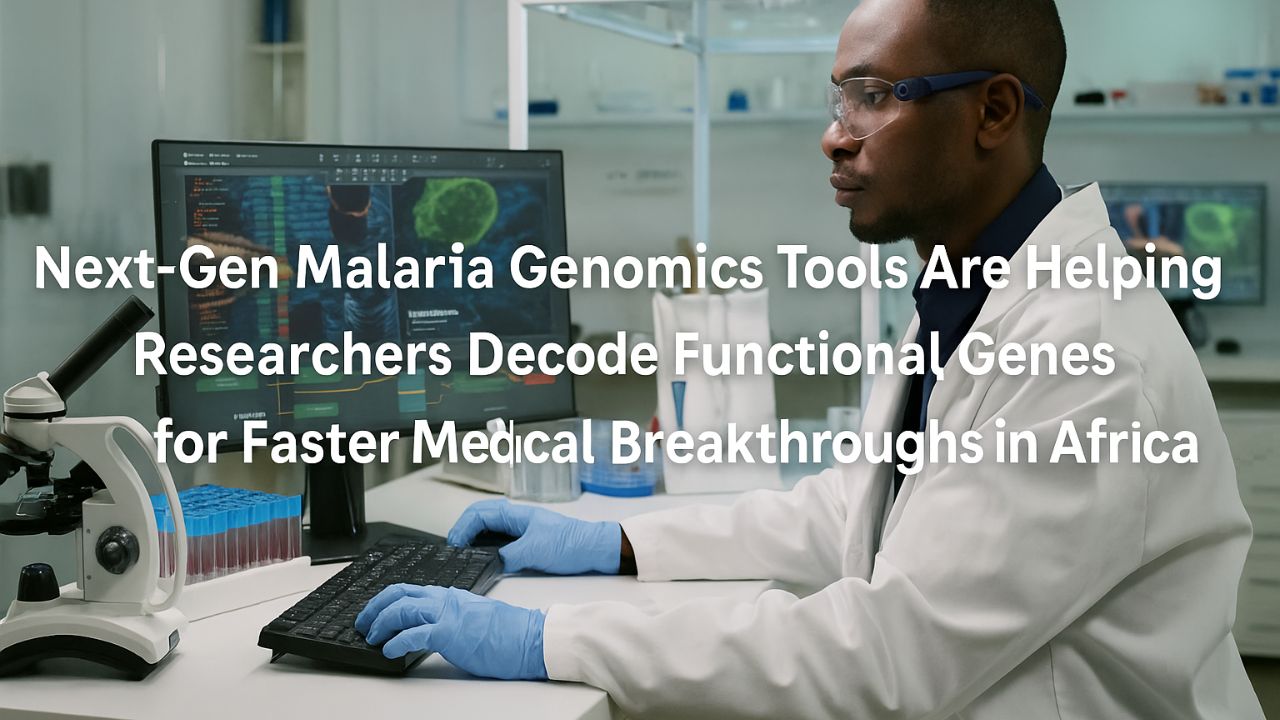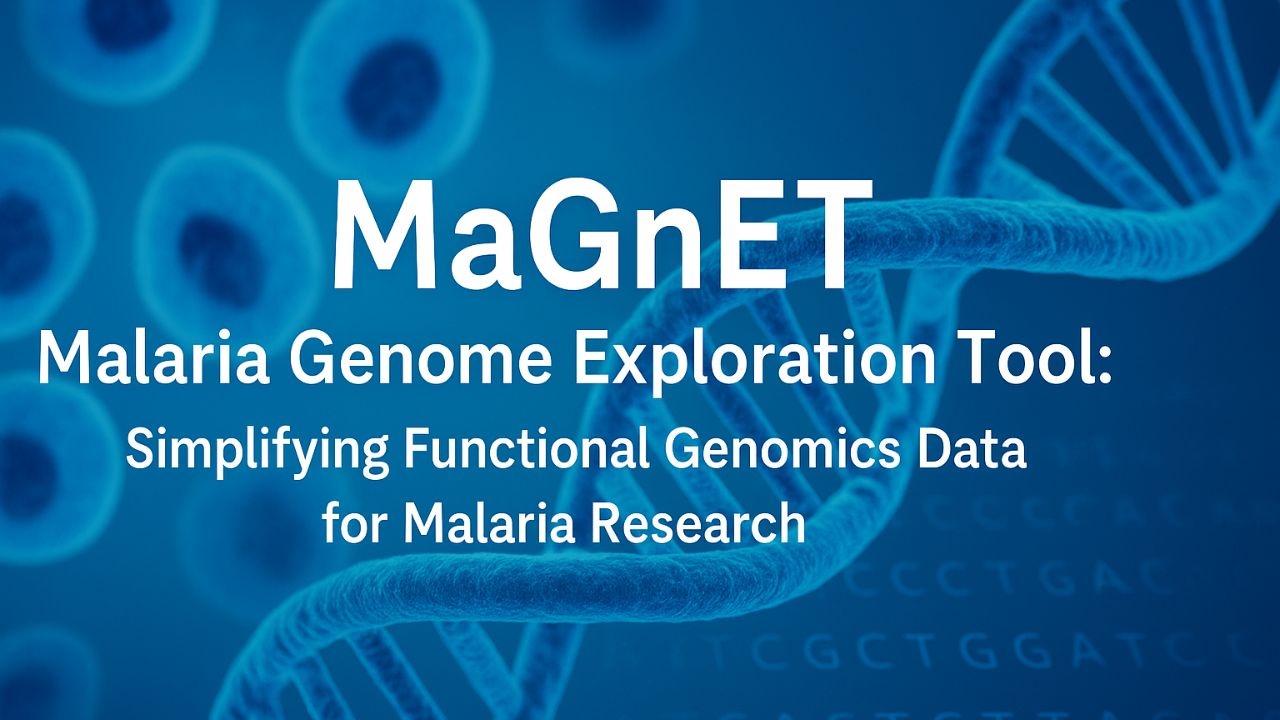Next-Gen Malaria Genomics Tools – Malaria has long haunted the African continent, claiming hundreds of thousands of lives every year. But with recent scientific innovations, especially in genomics, a new hope has emerged. Next-generation genomics tools are enabling researchers to understand the functional genes of malaria parasites and their mosquito vectors better than ever before. These tools are playing a pivotal role in accelerating drug development, vaccine design, and early diagnostics — bringing Africa closer to eradicating malaria once and for all.
Understanding Malaria’s Genetic Blueprint
Next-generation genomics has unlocked the ability to map the entire genome of the Plasmodium parasite and Anopheles mosquito, the key players in malaria transmission.
- Researchers can now identify specific genes responsible for drug resistance.
- They can study mutations that make malaria strains more aggressive or immune to current treatments.
- These insights allow faster formulation of targeted therapies.
By decoding the parasite’s genetic code, scientists can also monitor how malaria evolves in different regions of Africa — which is critical for tailored responses.
Cutting-Edge Tools Revolutionizing Malaria Research
The real transformation has come from the deployment of modern genetic technologies and platforms across African labs and institutions.
Key Genomic Tools in Use:
| Tool/Platform | Functionality |
|---|---|
| CRISPR-Cas9 | Gene editing for functional analysis of malaria genes |
| Whole Genome Sequencing | Detailed parasite DNA analysis across regions |
| RNA-Seq | Identifies gene expression patterns under various drug treatments |
| Single-Cell Genomics | Studies behavior of individual parasite cells in host environments |
| NextSeq & NovaSeq (Illumina) | High-throughput genome sequencing used in African genomic labs |
| MALDI-TOF Mass Spec | Identifies proteins related to resistance and parasite viability |
| Bioinformatics Pipelines | Analyze massive genomic datasets with AI and machine learning tools |
Africa’s Leadership in Genomics Research
Africa is no longer a passive participant in global science — it is leading the way in malaria genomics thanks to regional collaborations and local talent.
Prominent African Institutions Involved:
- The African Centre of Excellence for Genomics of Infectious Diseases (ACEGID) in Nigeria
- MalariaGEN network across 40+ African countries
- KEMRI-Wellcome Trust in Kenya
- South African Medical Research Council (SAMRC)’s malaria division
- Noguchi Memorial Institute for Medical Research in Ghana
These institutions are training local bioinformaticians, funding PhD-level research, and building next-gen labs across the continent.
Real-World Impact on Malaria Control and Elimination
The genomics revolution isn’t just academic. It’s having real, on-the-ground effects:
Tangible Benefits So Far:
- Faster Detection of Resistant Strains: In Uganda and Ghana, researchers used genomics to track artemisinin-resistant malaria before it spread widely.
- Informed Vaccine Development: Genomic data helped guide the creation of the R21 malaria vaccine trialed successfully in Burkina Faso.
- Surveillance of Imported Cases: South Africa and Botswana are using genomics to differentiate local vs. imported infections — critical for elimination strategies.
The Role of AI, Data Sharing, and Policy in Scaling Genomic Research
While science is advancing, success depends equally on policy, collaboration, and data infrastructure.
What’s Driving the Momentum:
- AI-Powered Genomic Analysis: Machine learning helps interpret mutations and gene expression patterns faster than ever.
- Cross-Border Data Platforms: Platforms like Pathogenwatch and GENEdrive Africa enable countries to share and compare parasite genomes.
- Policy Backing: The African Union has endorsed genomic surveillance as part of its continental malaria elimination plan by 2030.

Challenges That Still Remain
Despite success, challenges need to be addressed for this genomic wave to succeed long term.
Key Roadblocks:
| Challenge | Explanation |
|---|---|
| High Cost of Sequencing | Most sequencing machines and reagents are imported and costly |
| Limited Internet Infrastructure | Genomic data analysis requires stable internet access for cloud platforms |
| Shortage of Skilled Personnel | Africa needs more trained geneticists, bioinformaticians, and lab techs |
| Data Privacy Concerns | Genomic data can raise sensitive national or individual privacy issues |
| Fragmented Collaboration | Some regions still operate in silos, slowing the sharing of discoveries |
Future of Malaria Genomics in Africa
With political will, funding, and continued innovation, Africa could emerge as a global model for how genomics defeats disease.
Upcoming Trends to Watch:
- Mobile Sequencing Labs: Field-ready labs will enable on-site gene sequencing in rural hotspots.
- Personalized Treatment Protocols: Genomics will tailor malaria treatment based on patient and parasite genotypes.
- Pan-African Genomic Bank: A unified genomic database will help respond faster to outbreaks.
- Citizen Science: Community-led sample collection can speed up data collection in under-served areas.
FAQs
Q1. How does genomics help in malaria vaccine development?
A: Genomics reveals how malaria parasites evolve and what proteins they express, helping identify stable targets for vaccine design.
Q2. What is CRISPR’s role in malaria research?
A: CRISPR allows scientists to ‘knock out’ specific malaria genes to understand their function and role in disease or resistance.
Q3. Are African countries able to do genome sequencing locally?
A: Yes, many countries like Nigeria, Kenya, and South Africa now have their own next-gen sequencing labs.
Q4. Can genomics stop malaria entirely?
A: Genomics alone can’t eliminate malaria, but it dramatically improves diagnosis, treatment, and prevention strategies.
Q5. What challenges do African genomics labs face?
A: Key challenges include funding, access to equipment, training of local experts, and reliable internet for data analysis.





